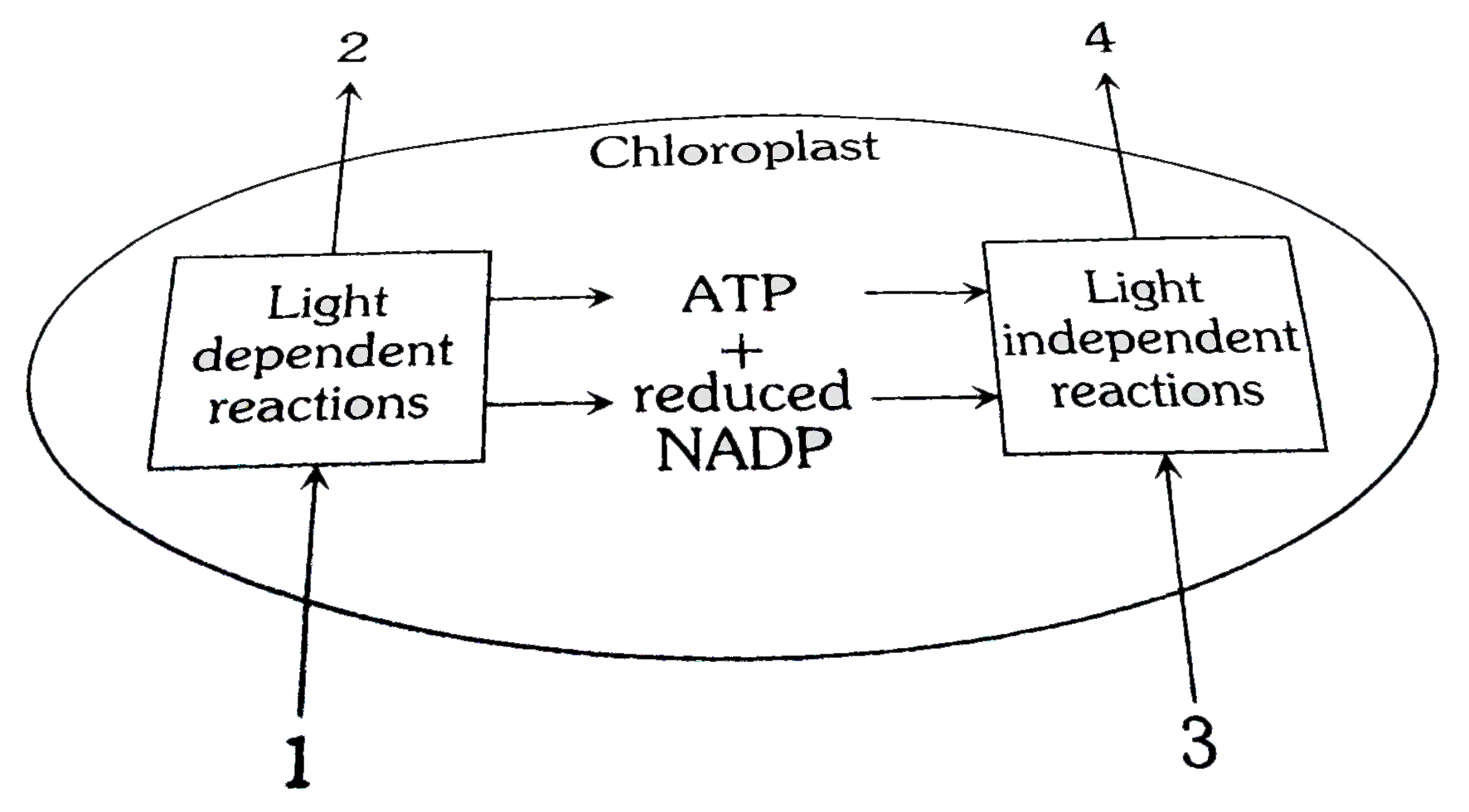The bulk movement of substances in plants is also called
translocation
cyclosis
active transport
diffusion
The correct Answer is:A
Step-by-Step Text Solution:
1. Understanding the Question: The question asks for the term that describes the bulk movement of substances in plants.
2. Identifying the Options: The options given are translocation, cyclosis, active transport, and diffusion.
3. Defining Each Term:
- Translocation: This is the process of transporting nutrients (especially sugars) from the source (where they are produced) to the sink (where they are used or stored).
- Cyclosis: This refers to the movement of cytoplasm within a cell, also known as cytoplasmic streaming.
- Active Transport: This is the movement of substances against their concentration gradient, requiring energy.
- Diffusion: This is the passive movement of molecules from an area of higher concentration to an area of lower concentration.
4. Analyzing the Process: The bulk movement of substances, particularly sugars in plants, occurs through the phloem via translocation. This process involves the movement from the source (like leaves) to the sink (like roots).
5. Conclusion: Based on the definitions and the context of the question, the bulk movement of substances in plants is best described as translocation.
Final Answer: The bulk movement of substances in plants is also called translocation.
---
- Translocation: This is the process of transporting nutrients (especially sugars) from the source (where they are produced) to the sink (where they are used or stored).
- Cyclosis: This refers to the movement of cytoplasm within a cell, also known as cytoplasmic streaming.
- Active Transport: This is the movement of substances against their concentration gradient, requiring energy.
- Diffusion: This is the passive movement of molecules from an area of higher concentration to an area of lower concentration.
Similar Questions
Knowledge Check
Upward movement of water in plants is called
ASuckingBAscent of sapCTranslocationDNone of theseRemoval of desirable substances/plants is called
Anegative pollutionBpositive pollutionCbiomagnificationDconservationNon-flowering plants are also called
ACryptogamsBPhanerogamsCTracheophytesDArchegoniates
The given diagram indicates the movement of substances into in and out of a choroplast


View SolutionThe bulk movement of substances through the conducting or vascular tissues of plants is called
View SolutionWhich of the following statements is/are not incorrect?
(i) Water and minerals, and food are generally moved by a mass or bulk flow system.
(ii) Bulk flow can be achieved either through a positive hydrostatic pressure gradient or a negative hydrostatic pressure gradient.
(iii) The bulk movement of substances through the conducting tissues of plants is called translocation.
(iv) Xylem translocates organic and inorganic solutes, mainly from roots to the aerial parts of the plants.
(v) Phloem translocates water, mineral salts, some organic nitrogen and hormones, from the leaves to other parts of the plants.
View SolutionMass flow is the movement of substance in bulk as a result of pressure differences between two regions ? It is seen for
View SolutionWhich of the following is true/false regarding transport of substances in plants ?
(i) Mass flow is the movement of substances in bulk as a result of pressure difference
(ii) Bulk flow is achieved only through a positive hydrostatic pressure gradient
(iii) The apoplast system is the system of interconnected protoplasts
(iv) Most of the water flow in the roots occurs via the apoplast since the cortical cells are loosely packed, and offer no resistance to water movement.
View Solution
